One young woman took an apprenticeship straight out of high school with Ryota Aoki, a potter with a studio in Toki City, Gifu Prefecture, and an international influence. Nagino Kojima, now 22 years old, responded to the master’s “Apprentice Wanted” ad without meeting his criteria, and was accepted for her sheer zeal and passion. Having completed three and a half years as a minarai novice, this year she is making a start as a formal deshi.
Let’s take a look at the source of her drive and determination.
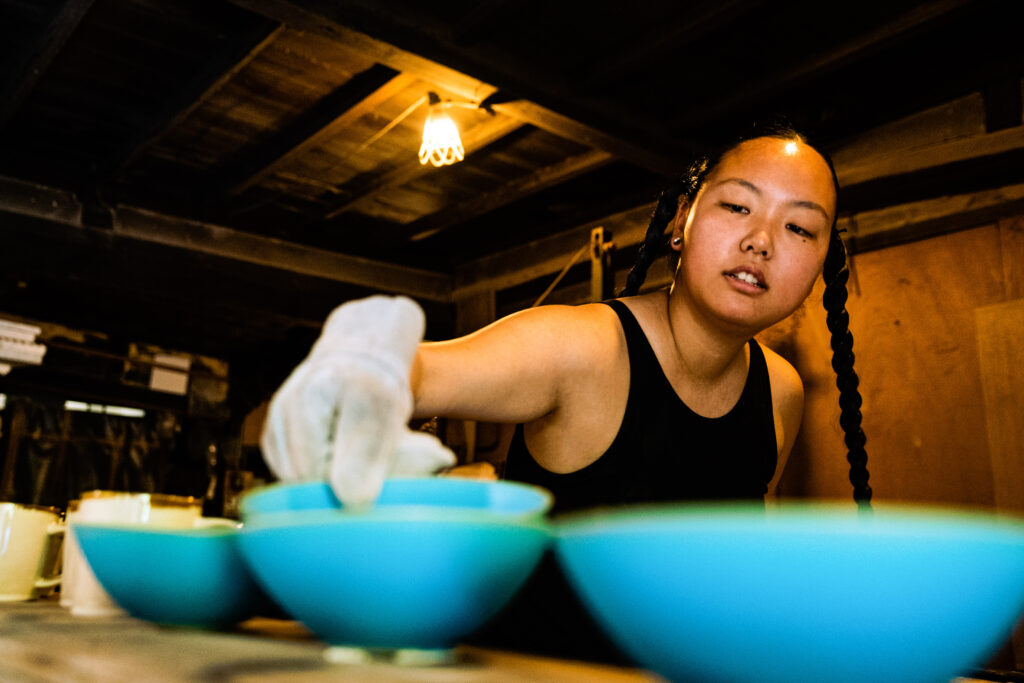
ーTell us how you came to apprentice with Ryota Aoki.
Kojima: I’m from Tokyo, and I went to a technical high school in Tokyo, where I joined the ceramic art club. Both of my parents have creative jobs, so I’ve always liked to work with my hands too. Because neither of my parents went to college, their dream for me was to finish a four-year college. So initially, I planned to enroll in an art university.
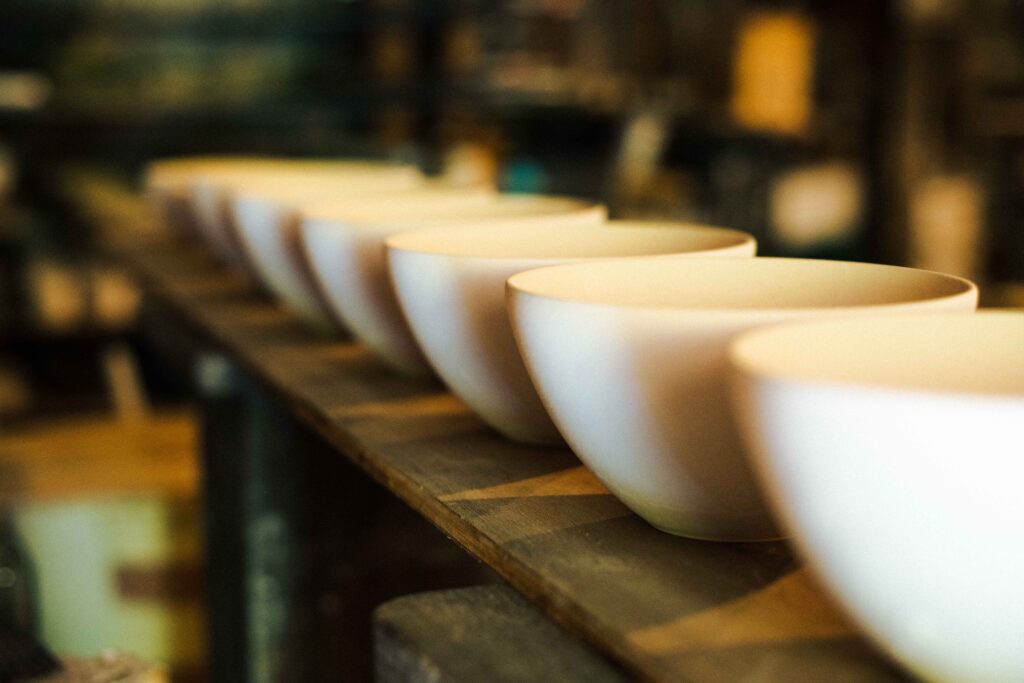
Kojima: But then something happened that made me decide against it. I went to an open campus event at one art school, and got the chance to talk to a professor and show him my work. He liked it and praised me for a job well done. But that made me feel uncomfortable. There was no way a high schooler’s extracurricular artwork could look good in the eyes of a university professor. If he was praising me now, what has he got to teach me? That was when I knew for sure that college wasn’t for me.
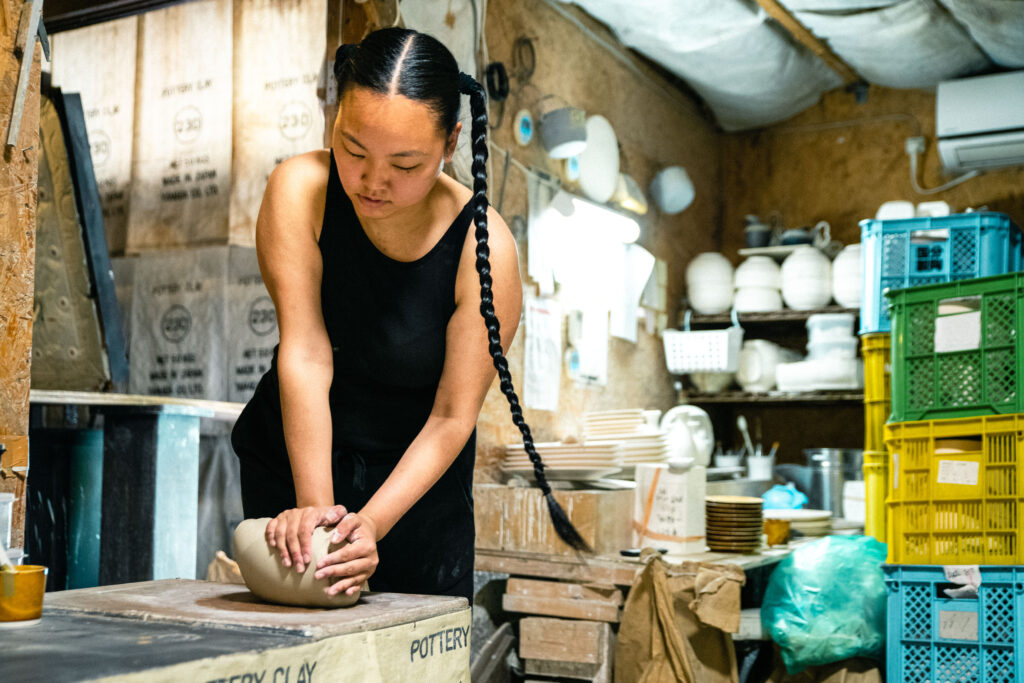
Still, I wasn’t confident enough to go independent right away. As I explored my options, I came across the Program for the Development of Next-Generation Leaders run by the Tokyo government to support students studying abroad. I decided to study in Canada for ten months—it seemed like a constructive way to postpone choosing a career path anyway—and it was during this trip that I read Aoki-san’s tweet.
“This year’s deshi positions are filled. No opening for the next two years. Criteria: male, under 25, driver’s license a must. Sorry, but others will not be considered.”
I didn’t know about Aoki-san or his work before then, but his edgy personality instantly piqued my curiosity. Under 25 was the only criteria I met, but I figured I could turn that to my advantage. I sent him my resume by email from Canada.
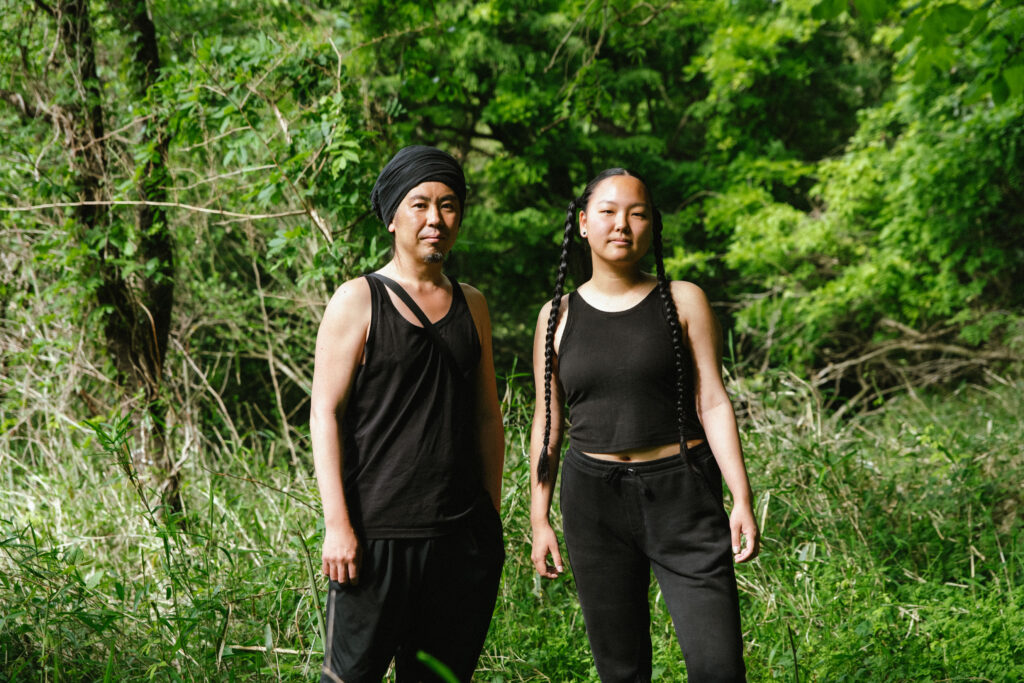
Aoki: When that first email arrived from Nagi [Kojima’s nickname], I wondered if maybe she couldn’t read Japanese. I mean, her resume read “Female, 18 years old, currently living abroad…”—she was completely off the mark! And yet that got me curious, and I sent her a reply. Then, as soon as she came back to Japan, she took a trip down to Tajimi. I had an exhibition on the day of our interview, and couldn’t set aside even ten minutes for her, but I knew instantly that she was a good person. I took one look at her, told her she passed, and left.
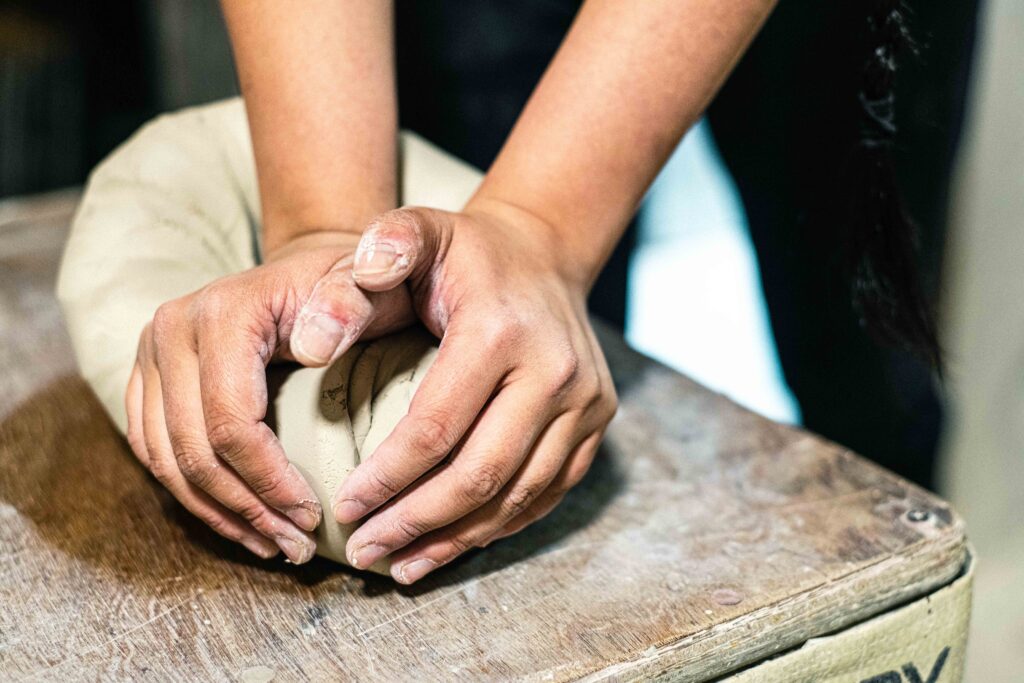
ーAnd so you became an apprentice of a master potter. What exactly does the job involve?
Kojima: Under Aoki-san, it involves everything to do with Ryota Aoki Pottery—assisting production, manning the permanent shop at Toki Premium Outlets, preparing for events, loading, driving, selling, packaging, and so on.
ーIt doesn’t sound like you have much time to create your own work.
Kojima: That’s true, I don’t. But before I came here, I had already made up my mind not to do any creation of my own during my training period as a novice. I wanted to focus on gaining experience— I was testing myself in a way. I wanted to see what would happen if a person who has even once aimed to go independent and make a living as an artisan stopped creating for three and a half years.
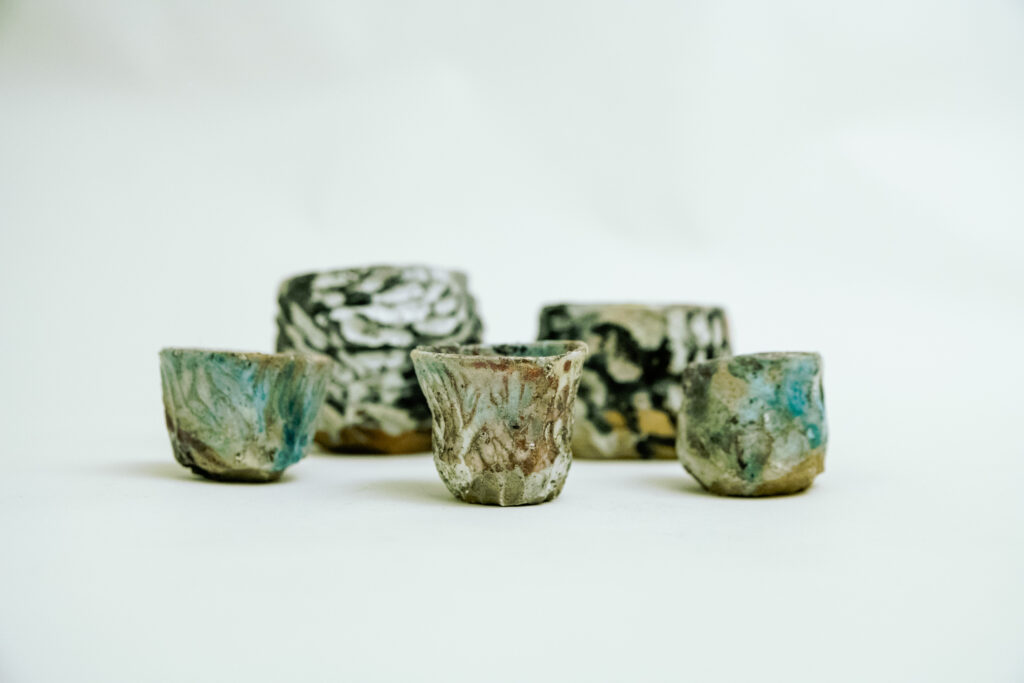
ーHow did it turn out?
Kojima: I’ve lost the burning desire to create and sell my own work. Before I became an apprentice, and right after, I believed that going independent was the only way to go. Now, I’m enjoying and finding inspiration in my work as Aoki-san’s assisntant. I’m interested in dedicating myself not to me but to supporting someone else. I was influenced in part by my idol Toshiko Okamoto. Her book taught me that independence isn’t the only answer.
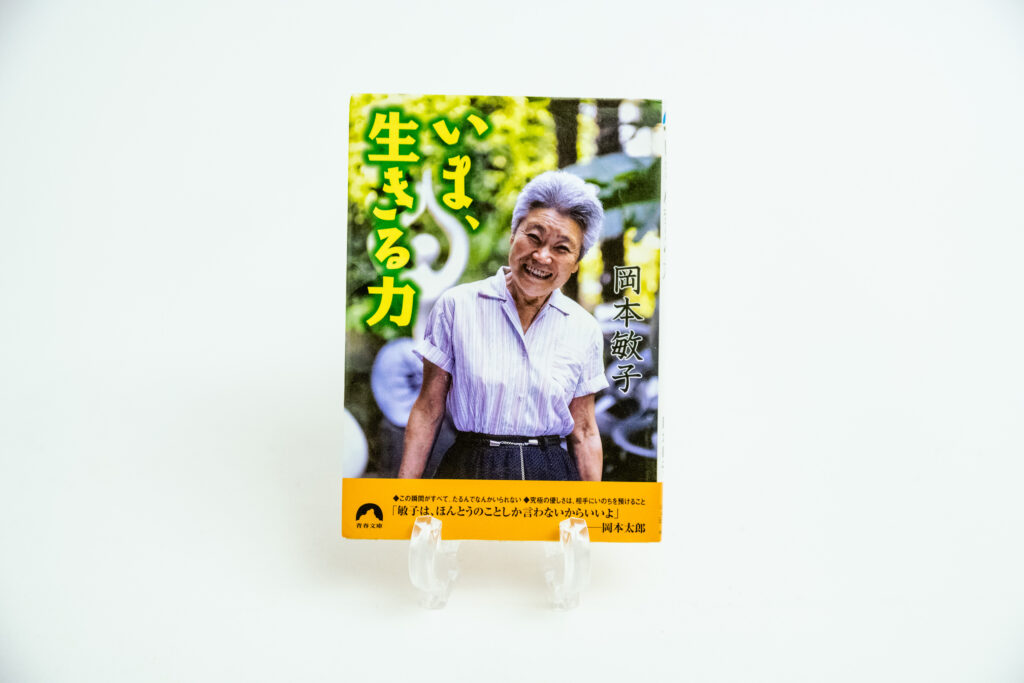
Kojima: It may have been Aoki-san’s “Apprentice Wanted” tweet that caught my eye, but if the ad had called for a full-time employee or part-time worker, I would have responded anyway. The position wasn’t the point. I still think Aoki-san has an edgy personality, and I respect him as a person. I’d like to stay right where I am and continue studying with him for a while longer.
Aoki: Come to think of it, you smile a lot more now, Nagi. When you first came, you didn’t smile at all.
Kojima: I was pretty evil looking (laughs). Even others tell me I’ve lost that mean glint in my eyes. If I were asked what has changed the most over the past three and a half years, right now I’d say my face.












